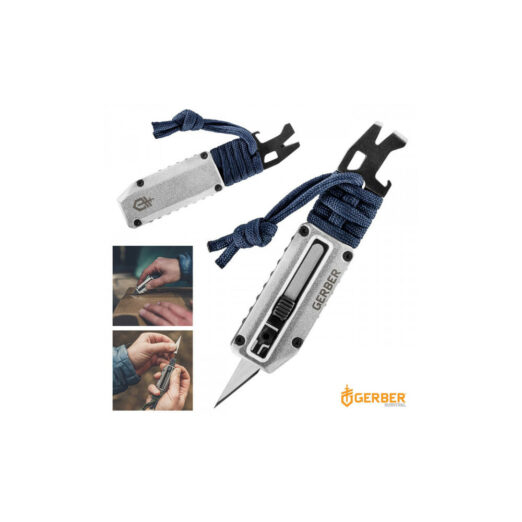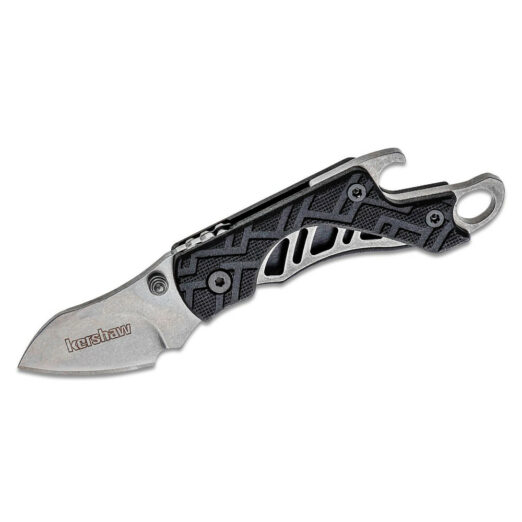What are utility knives?
Utility knives are versatile cutting tools that are commonly used for various tasks such as cutting through materials like cardboard, tape, drywall, and more. They typically feature a retractable blade that can be easily replaced when dull. Utility knives come in different styles and designs, including folding knives and fixed-blade knives.
Here are some key points about utility knives:
-
Function: Utility knives are designed for general-purpose cutting tasks. They are handy tools for DIY projects, construction work, crafting, and everyday use.
-
Blade Types: Utility knives often use replaceable razor blades or snap-off blades. The razor blades are sharp and can be resharpened, while the snap-off blades have multiple segments that can be snapped off to reveal a fresh edge when one dulls.
-
Safety Features: Many utility knives include safety features like blade locks and retractable blades to prevent accidental cuts. It’s important to handle these knives with caution and follow proper safety guidelines.
What are utility knives used for?
Utility knives have a wide range of uses across various industries and everyday tasks. Here are some common uses for utility knives:
-
General Cutting: Utility knives are handy for general cutting tasks, such as opening packages, cutting through tape, or trimming materials like paper or cardboard.
-
DIY and Construction: Utility knives are commonly used in DIY projects and construction work. They can be used for cutting drywall, insulation, roofing materials, linoleum, and other lightweight building materials.
-
Crafting and Art Projects: Utility knives are popular tools for artists and crafters. They can be used for precision cutting of materials like foam board, vinyl, leather, and thin wood.
-
Kitchen Preparation: Utility knives find their place in the kitchen for prepping fruits, vegetables, and other food items. They are suitable for tasks that require more control and precision than larger kitchen knives.
-
Carpet Installation: Utility knives with specialized blades are used in carpet installation to cut and trim carpet tiles or rolls.
-
Removing Paint or Caulk: Utility knives can be used to scrape off paint, caulk, or other residue from surfaces.
-
Sharpening Pencils: In a pinch, utility knives can be used to sharpen pencils by carefully shaving the wood.
These are just a few examples of the many uses for utility knives. Their versatility and sharpness make them valuable tools in various settings.
Who uses utility knives?
Utility knives are commonly used by various individuals, including:
-
Tradespeople: Utility knives are extensively used by professionals in trades such as carpentry, construction, plumbing, electrical work, and HVAC installation. They rely on utility knives for tasks like cutting drywall, opening packages, stripping wires, and more.
-
Homeowners: Utility knives are a handy tool for everyday household tasks. They are used for opening boxes, cutting ropes or cords, slicing through packaging materials, or even for crafting projects.
-
Chefs and Cooks: Utility knives find their place in the culinary world. These knives are often utilized for precise cutting, slicing, and peeling fruits, vegetables, and other small ingredients in the kitchen.
-
DIY Enthusiasts: Hobbyists and do-it-yourself enthusiasts make use of utility knives for various projects, such as cutting foam, shaping materials, trimming carpets, or even carving wood.















































